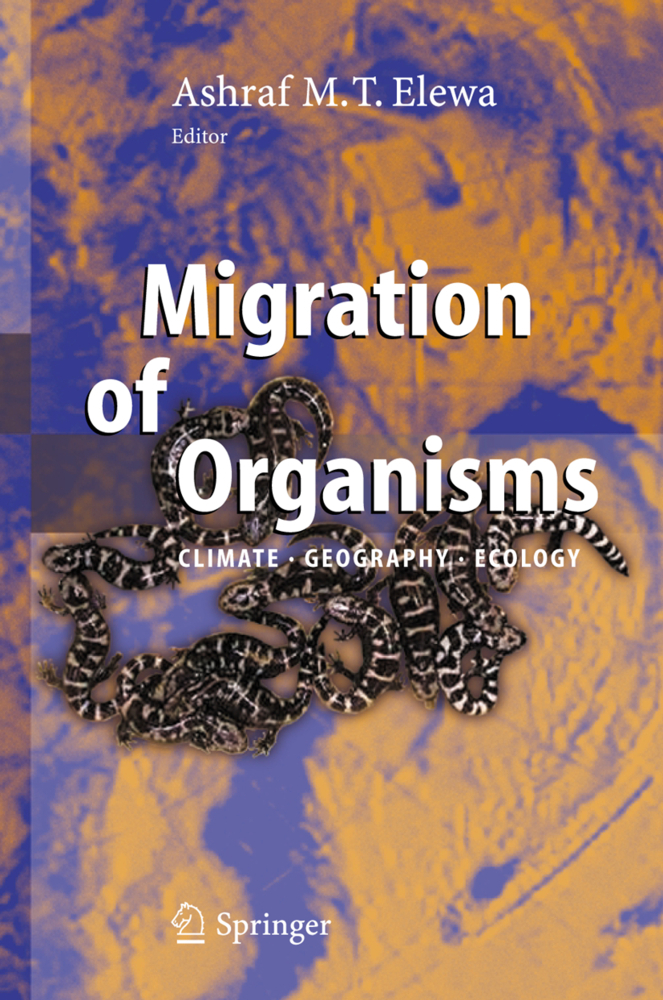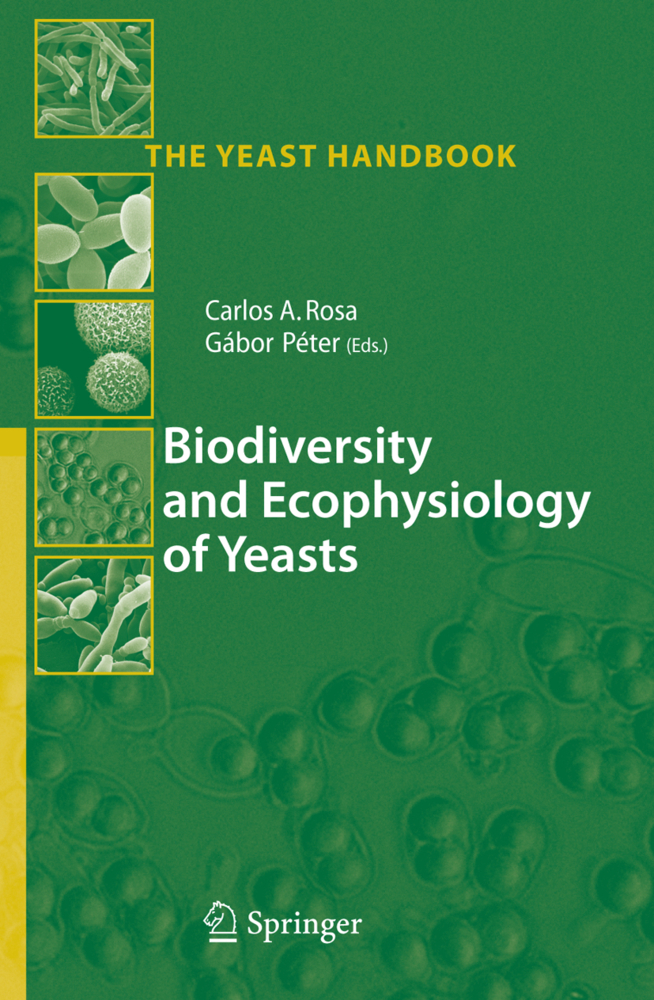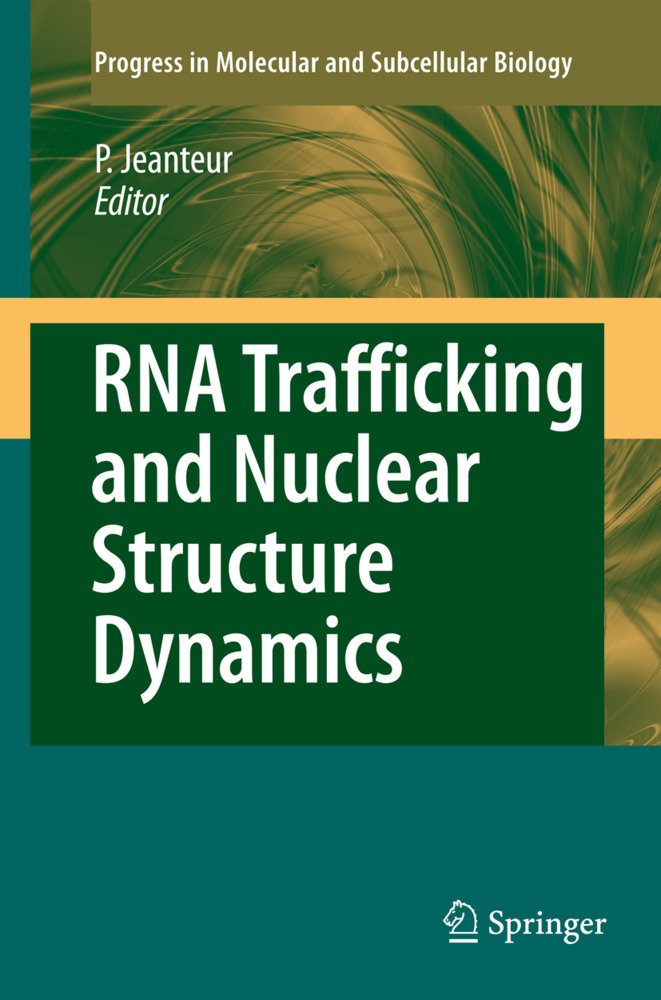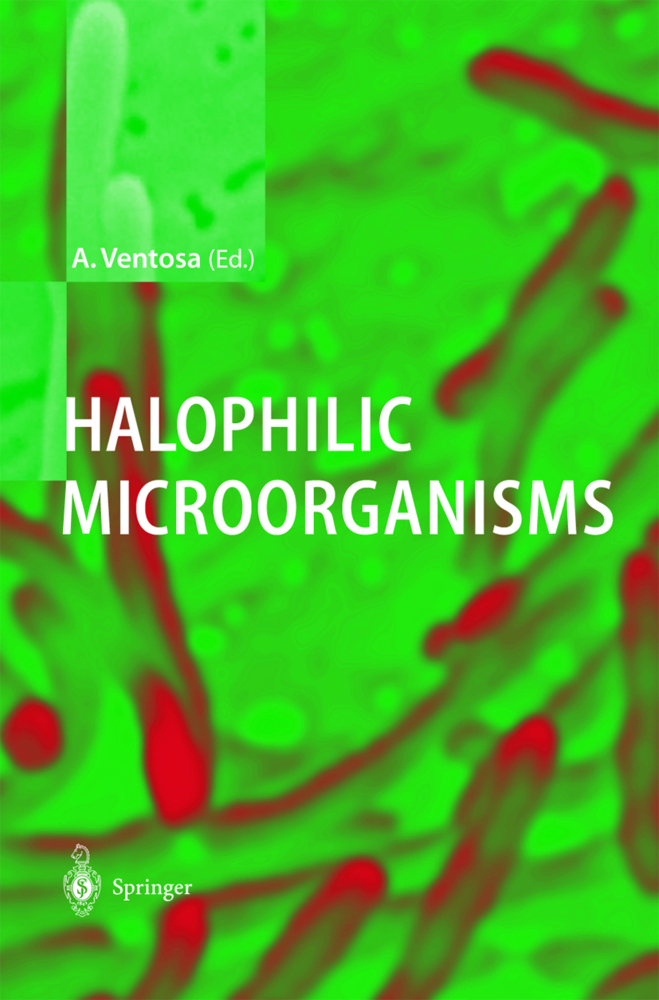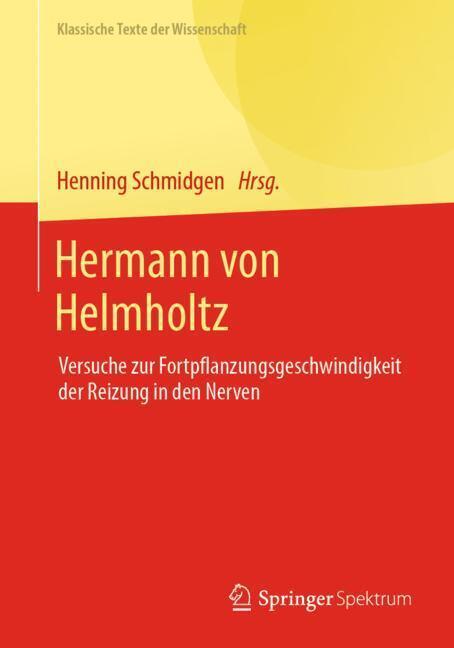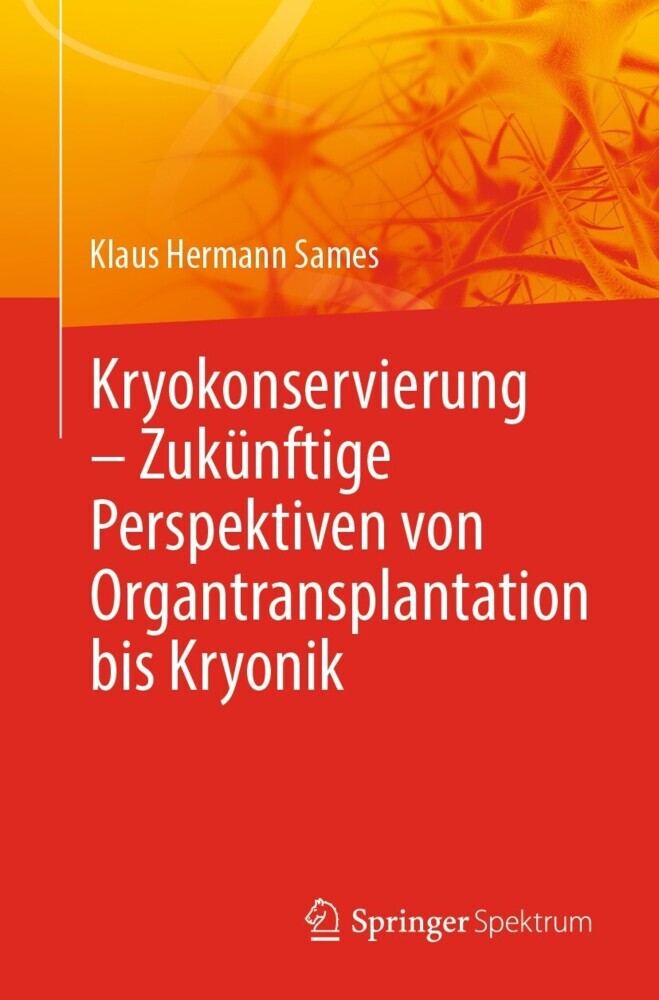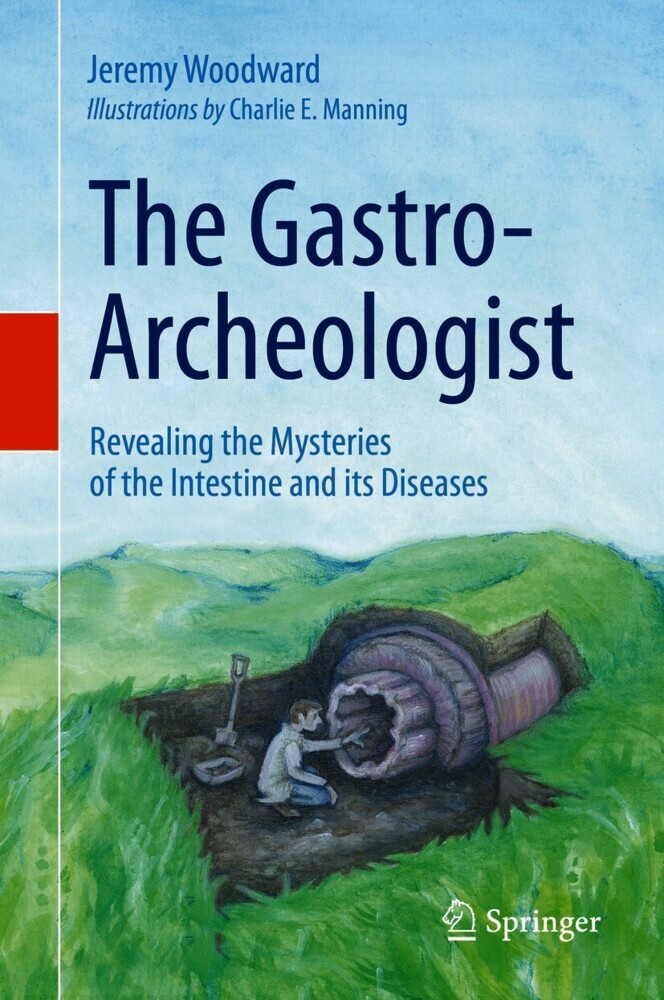Migration of Organisms
Migration of Organisms
In the common sense, migration is considered by many authors as a mechanism for avoiding unfavorable environments by moving to expectedly more auspicious locations at different times. In other terms, migration may represent the seasonal movement of organisms from place to place owing to the change in the environmental conditions. Consequently, two important questions arise to mind, why do some animals migrate? How would migration affect the gene pool? Whatever are the answers, the cost of migration is the power required to move to a different location and the high possibility of death as a result of this movement.
The editor presents a suitable collection of topics, to achieve the goal of this book, which is explaining the migration of organisms through many examples of different groups of marine and non-marine organisms, ranging from micro-invertebrates to large vertebrates (mammals), and focusing on several aspects that are not collected together.
Active migration and passive transport of marine organisms in the fossil record
Paleoecology and paleogeography of Eocene ostracod faunas from the Nile Valley between Minia and Maghagha, Upper EgyptMorphological variability and adaptability in Egyptian Eocene ostracod species Paracosta mokattamensis (Bassiouni)
Insect migration and dispersal with emphasis on Mediterranean ecosystems
Migration and adaptation of late Cenozoic cold-water molluscs in the North Pacific
Migration in amphibians and reptiles: An overview of patterns and orientation mechanisms in relation to life history strategies
Glacial Retreat and its Influence on Migration of Mitochondrial Genes in the Long-toed Salamander (Ambystoma macrodactylum) in Western North America
The geography of a faunal turnover: tracking the vallesian crisis
Evaluating the roles of connectivity and environment on faunal turnover: patterns in recent and fossil Iberian mammals.
Elewa, Ashraf M. T.
| ISBN | 978-3-540-26603-7 |
|---|---|
| Artikelnummer | 9783540266037 |
| Medientyp | Buch |
| Copyrightjahr | 2005 |
| Verlag | Springer, Berlin |
| Umfang | XIV, 332 Seiten |
| Abbildungen | XIV, 332 p. |
| Sprache | Englisch |

